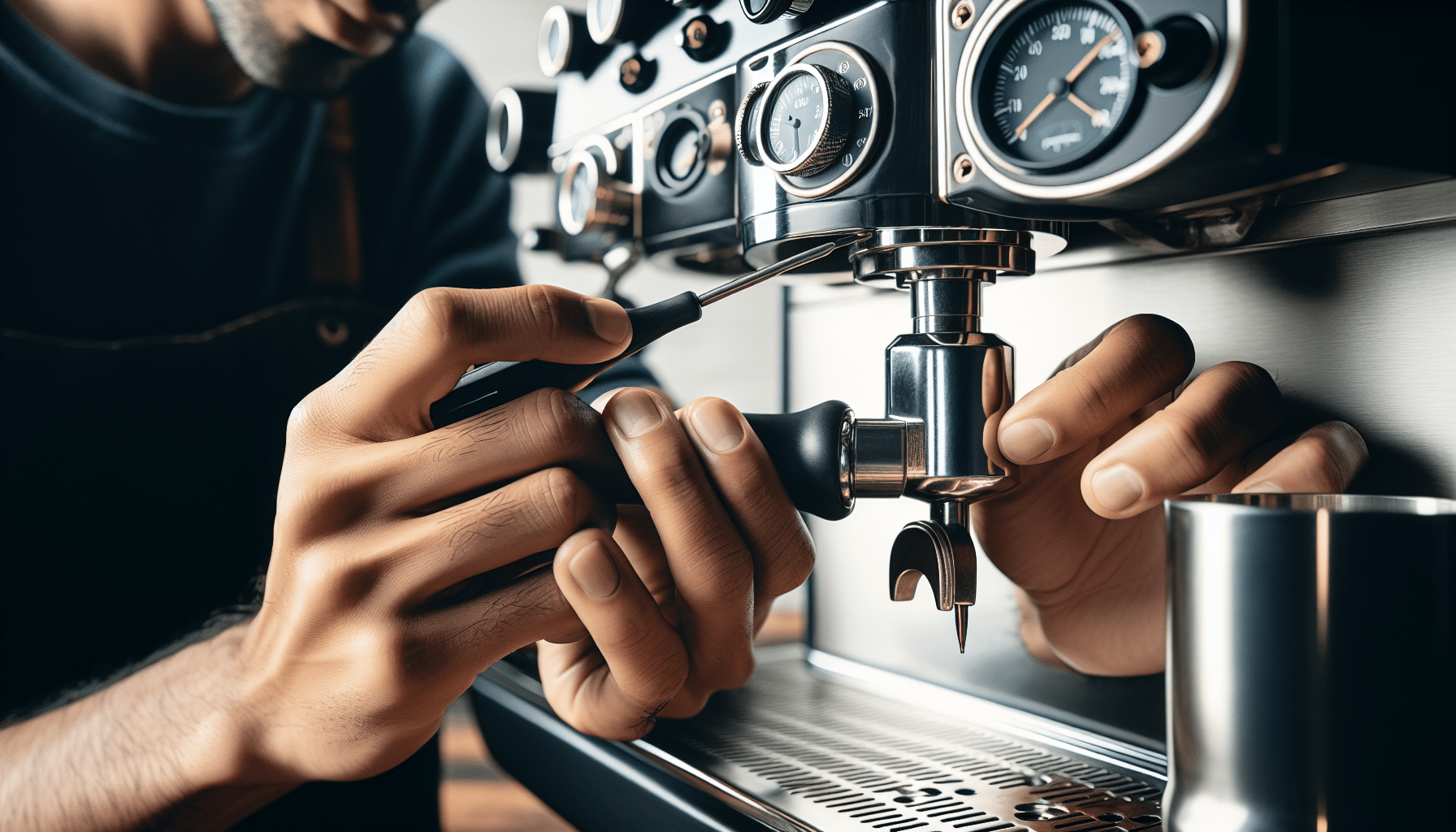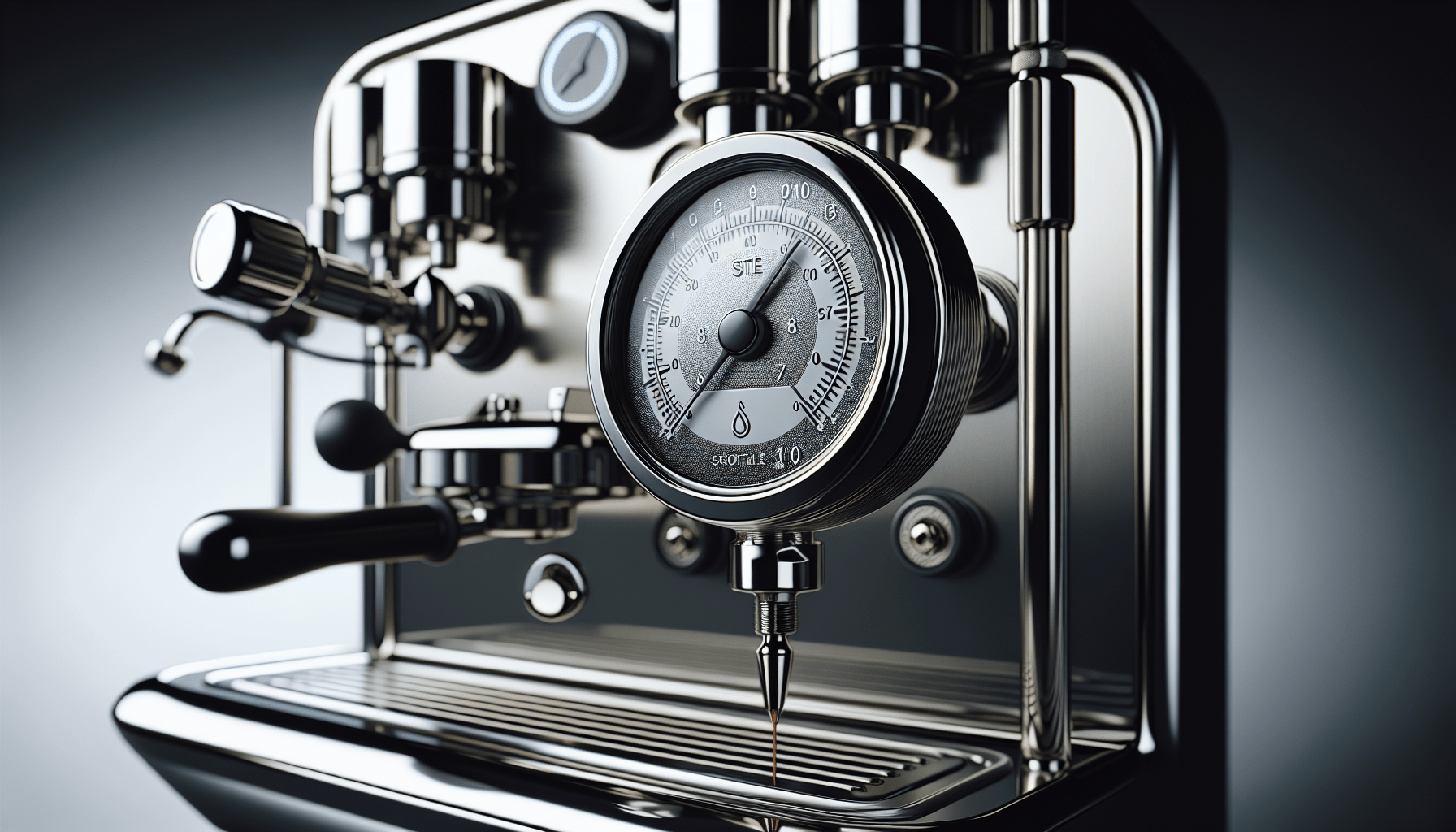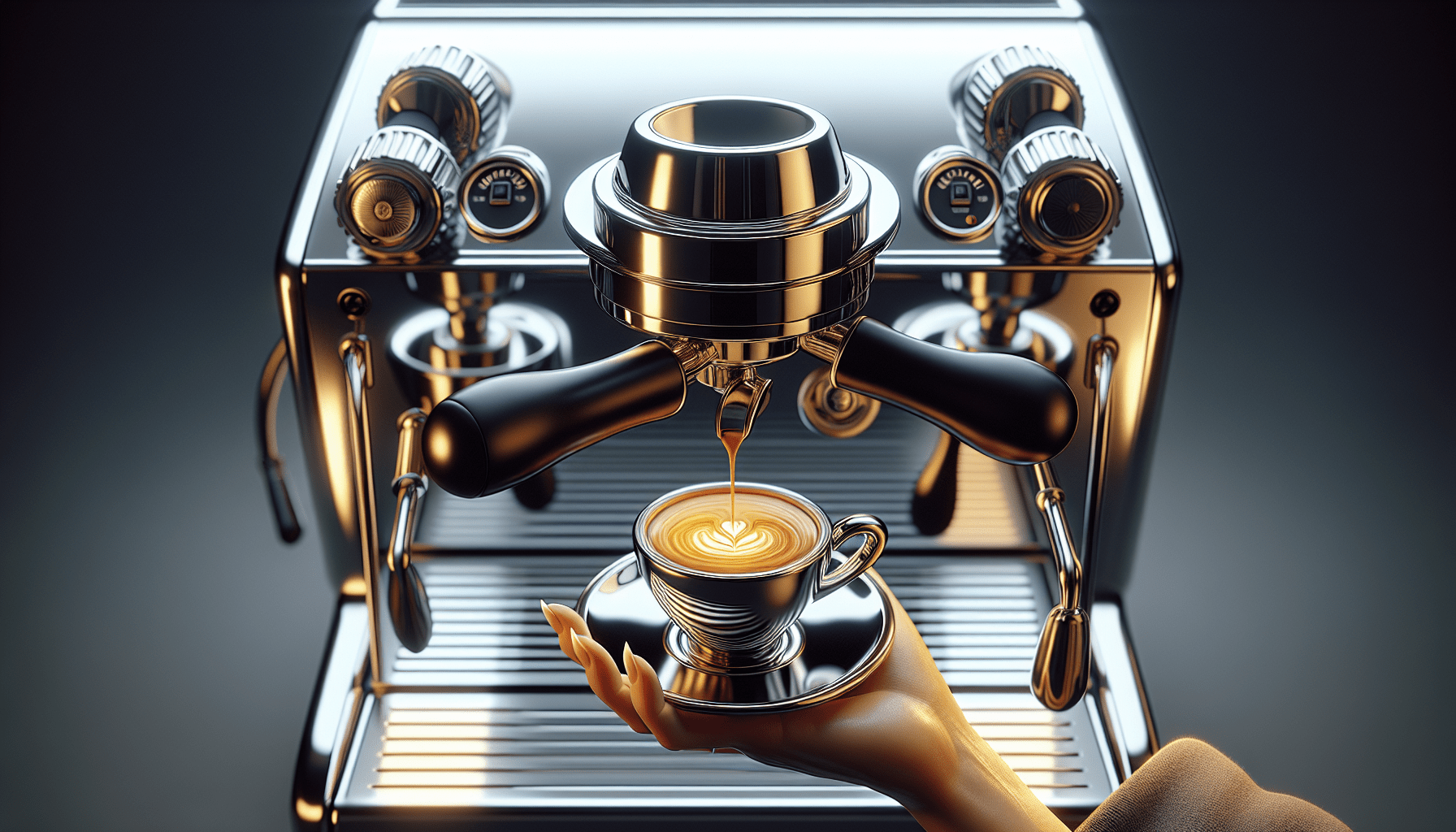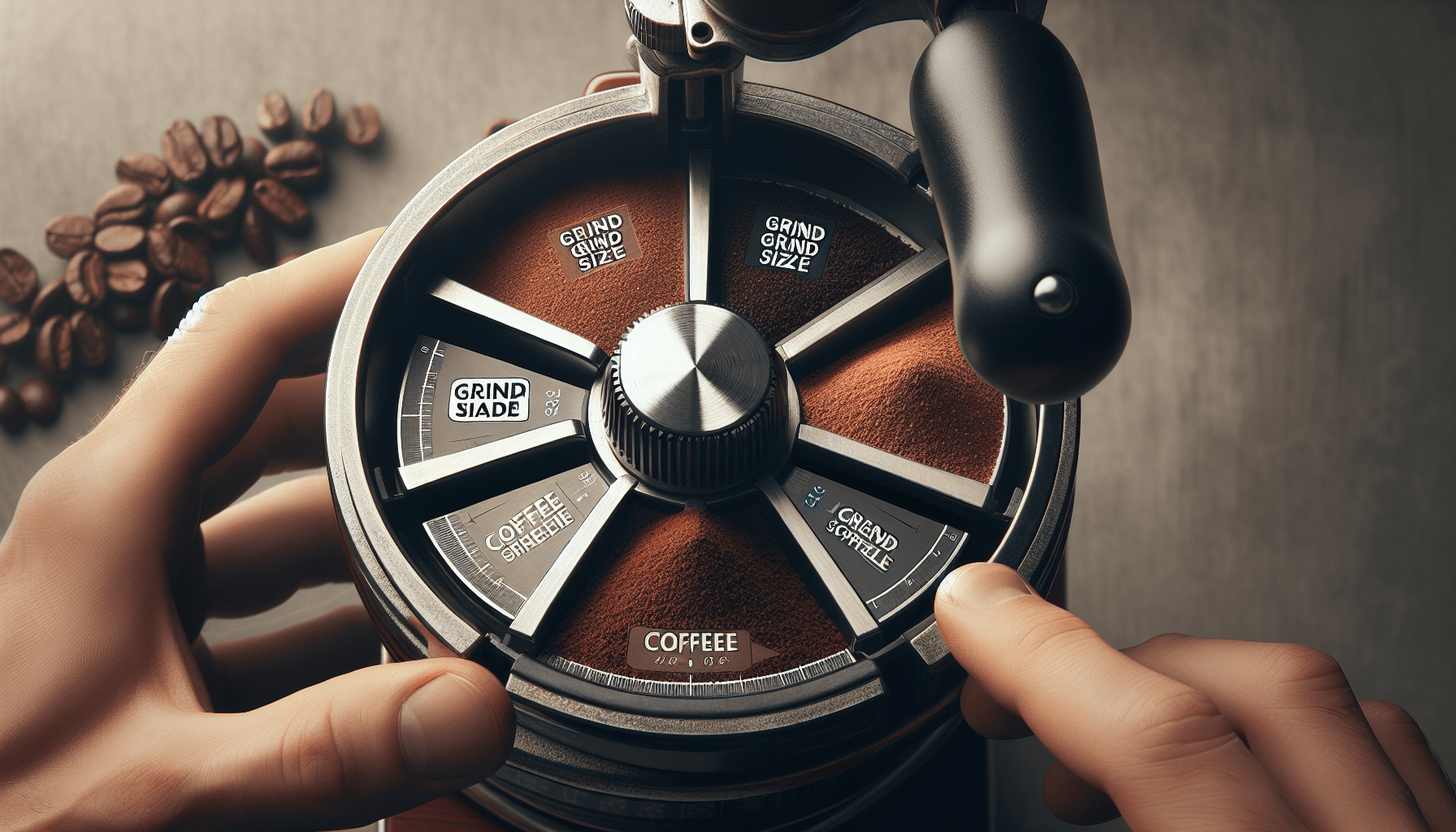Can I adjust the brew pressure manually on a semi-automatic espresso machine?
Understanding Brew Pressure on Your Espresso Machine
If you’re encountering issues with your espresso shots, adjusting the brew pressure on your semi-automatic espresso machine could be the solution. Brew pressure refers to the force at which water is pushed through the coffee grounds in the portafilter. It plays a crucial role in determining the quality and taste of your espresso.
Why Adjust Brew Pressure?
The brew pressure setting can affect the flavor, aroma, and body of your espresso. If the pressure is too low, your espresso may taste weak and lack crema. On the other hand, if the pressure is too high, the espresso can taste bitter and over-extracted.
Factors Affecting Brew Pressure
Several factors can influence the brew pressure on your espresso machine, including the grind size of your coffee, tamping pressure, temperature, and the age of the machine. To achieve the perfect espresso shot, it’s essential to understand and monitor the brew pressure.
How to Manually Adjust Brew Pressure
Adjusting the brew pressure on a semi-automatic espresso machine requires some manual tinkering. Here’s a step-by-step guide on how to adjust the brew pressure to attain the optimal results in your espresso shots.
Step 1: Gather Your Tools
Before you begin adjusting the brew pressure, make sure to gather all the necessary tools. You will need a portafilter with a pressure gauge, a screwdriver, and a blank filter basket (blind basket). The pressure gauge will help you monitor the brew pressure during the adjustment process.
Step 2: Prepare Your Machine
Switch off your espresso machine and let it cool down before starting the adjustment process. It’s crucial to work on a machine that is not in operation to avoid any accidents.
Step 3: Remove the Portafilter Basket
Remove the portafilter basket from the portafilter and replace it with the blank filter basket. The blank basket will allow water to flow directly through the portafilter, enabling you to measure the brew pressure accurately.
Step 4: Insert the Portafilter with Pressure Gauge
Insert the portafilter with the pressure gauge into the group head of your espresso machine. Make sure it is securely in place to prevent any leaks.
Step 5: Start the Pump
Turn on the pump to let water flow through the portafilter. Monitor the pressure gauge to observe the current brew pressure. Ideally, the brew pressure should be between 8-10 bars for a perfect espresso shot.
Step 6: Adjusting the Pressure
If the brew pressure is too low, use a screwdriver to loosen the pump’s adjustment screw. This will increase the pressure. Conversely, if the pressure is too high, tighten the adjustment screw to decrease the pressure.
Step 7: Test Your Espresso Shot
After making the necessary adjustments to the brew pressure, pull a shot of espresso to test the results. If it tastes and looks balanced with a rich crema, you’ve successfully adjusted the brew pressure.
Troubleshooting Brew Pressure Issues
Sometimes, even after manually adjusting the brew pressure, you may still encounter issues with your espresso shots. Here are some common troubleshooting tips for addressing brew pressure problems on your semi-automatic espresso machine.
Problem 1: Low Brew Pressure
If your espresso shot tastes weak and lacks crema, it may indicate low brew pressure. To address this issue, first, check the grind size of your coffee. Fine-tune the grind to ensure it’s not too coarse, affecting the pressure. If the problem persists, adjust the tamping pressure to create more resistance for the water, increasing the brew pressure.
Problem 2: High Brew Pressure
On the other hand, if your espresso shot tastes bitter and over-extracted, it might be due to high brew pressure. Start by adjusting the grind size of your coffee to make it coarser, allowing the water to flow more freely through the portafilter. Additionally, check the tamping pressure and ensure it’s not too firm, as this can increase the brew pressure.
Problem 3: Inconsistent Brew Pressure
Inconsistent brew pressure can lead to variations in the taste and quality of your espresso shots. To address this issue, first, check for any leaks in the portafilter or group head. Tighten any loose parts to prevent water from escaping, affecting the pressure. If the problem persists, consider descaling your espresso machine to remove any mineral buildup that could be obstructing the water flow.
Maintaining Optimal Brew Pressure
To ensure your semi-automatic espresso machine continues to deliver perfect espresso shots, it’s essential to maintain the optimal brew pressure regularly. Here are some tips on how to keep your machine in top condition.
Regular Cleaning and Maintenance
Cleaning your espresso machine regularly is crucial to prevent any buildup that can affect the brew pressure. Use a cleaning solution to descale the machine and remove any residue or mineral deposits. Additionally, clean the portafilter, group head, and shower screen to ensure consistent water flow and pressure.
Monitoring Brew Pressure
Keep an eye on the brew pressure gauge regularly to ensure it stays within the optimal range. If you notice any fluctuations or inconsistencies, it may be time to recalibrate the machine or seek professional help for maintenance. Monitoring the brew pressure will help you troubleshoot any issues before they affect the quality of your espresso shots.
Quality Coffee Beans
Using high-quality coffee beans is essential for achieving the perfect espresso shot. Invest in fresh, specialty coffee beans and store them properly to maintain their flavor and aroma. The quality of the beans will impact the brew pressure, so choose wisely to enhance the overall espresso experience.
Conclusion
Adjusting the brew pressure on your semi-automatic espresso machine is a crucial step in achieving the perfect espresso shot. By understanding the factors influencing brew pressure and following the manual adjustment process, you can fine-tune your machine to produce rich, flavorful espresso shots every time. Remember to troubleshoot any brew pressure issues and maintain the optimal pressure for consistent results. Enjoy your barista-worthy espresso at home with the right brew pressure setting!




